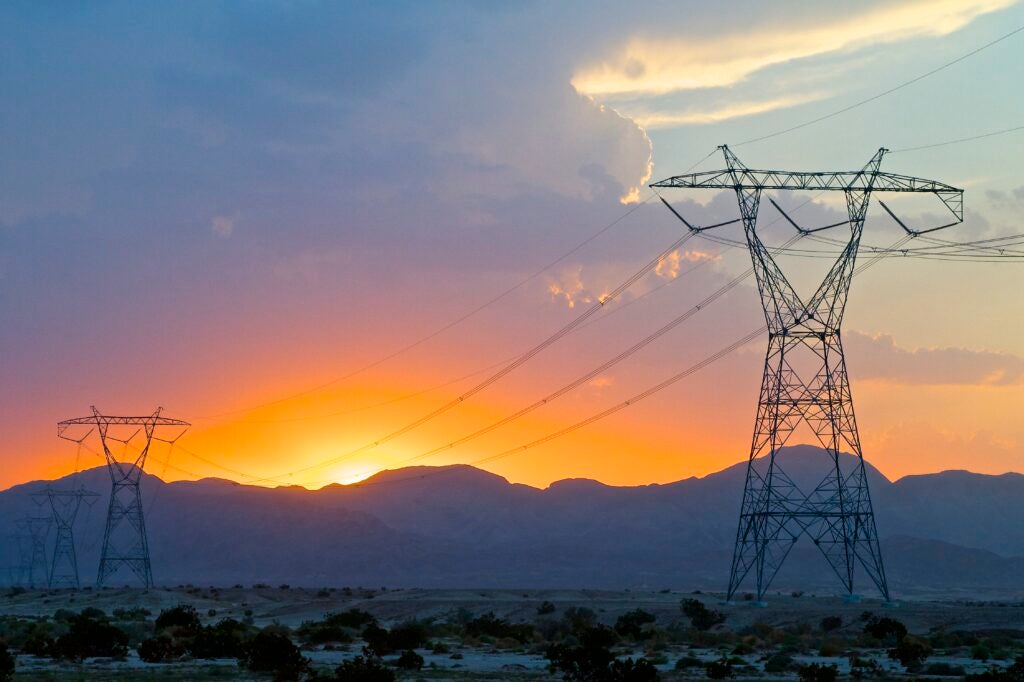By Adam Kurland, Attorney, Federal Energy, Environmental Defense Fund and Nicole Pavia, Director, Clean Energy Infrastructure, Clean Air Task Force
- Early, genuine engagement turns potential opposition into partnership — accelerating transmission projects and delivering shared benefits.
- The most successful developers align projects with local priorities, from co-ownership models to infrastructure upgrades, creating lasting trust and progress.
The United States needs to build more electric transmission lines at an unprecedented pace to connect and deliver clean, reliable and affordable energy. But we are not building anywhere near fast enough, and that has a lot to with how we build. Too often, developers have followed a “decide, announce defend” approach — selecting routes and announcing plans without community input. That strategy has fueled opposition, delayed projects and, in some cases, stopped them altogether.
How to build transmission with communities, not around them Share on XCommunities as partners
A new report from Environmental Defense Fund and Clean Air Task Force, Beyond the Wires: Community Benefits from Transmission Projects, presents five case studies covering six successfully constructed transmission lines to understand how developers can work with communities rather than against them. We looked at Vineyard Wind in Massachusetts; Big Eddy-Knight in Washington and Oregon; West of Devers in California; Mona-to-Oquirrh in Utah and Sunrise Powerlink and Sycamore-Peñasquitos in California. These case studies show that when developers treat communities as partners, projects move faster, face less opposition and deliver more lasting benefits.
Creative community benefits
The most successful projects went beyond cash payments. They aligned with local priorities, coordinated construction with other infrastructure needs and tested innovative ownership models.
Vineyard Wind partnered with the Town of Barnstable to upgrade sewer infrastructure. The West of Devers Upgrade Project created a groundbreaking co-ownership arrangement with the Morongo Band of Mission Indians, advancing Tribal sovereignty and avoiding costly reroutes. Citizens Energy’s partnerships on Sunrise Powerlink and Sycamore-Peñasquitos reinvested profits into clean energy programs. Even settlements reached after conflict, like Mona-to-Oquirrh’s rerouting and conservation land transfer, show the value of addressing community concerns head-on.
Keys to success
Three lessons stand out. First, engage communities early — before routes are locked in. Second, think beyond financial compensation to deliver benefits that matter locally. Third, create space for regulatory and financing flexibility so new models for community benefits frameworks can emerge.
As the nation prepares to build the transmission backbone of a clean energy future, we have a choice: replicate the missteps of the past or embrace community benefit frameworks that foster trust and accelerate progress. These case studies prove that communities are not obstacles to overcome — they are essential partners in building the grid we need.
Read the full report and explore the case studies at https://www.edf.org/beyond-wires-community-benefits-transmission-projects.










